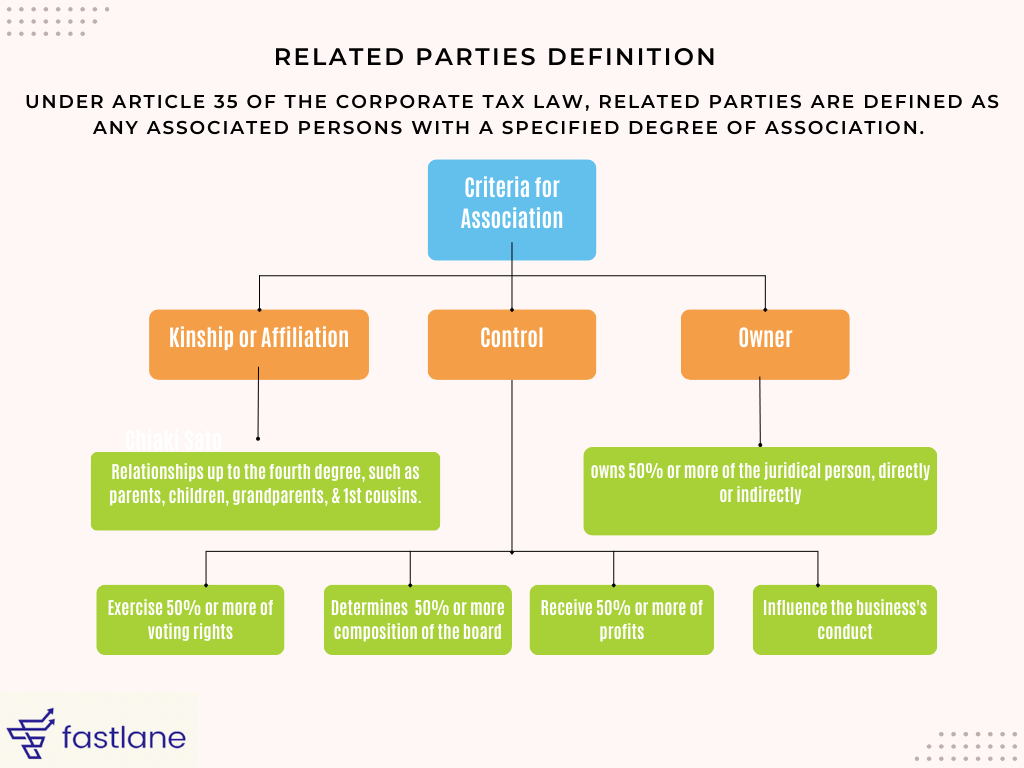Selection of Most Appropriate Method for Transfer Pricing, UAE
Transfer Pricing (TP) is a fundamental component of corporate tax compliance in the UAE.
It ensures that transactions between related parties are conducted as if they were between independent entities, reflecting the true market value. This principle helps prevent profit shifting and ensures fair taxation.
Transfer Pricing Methods
These methods help Multinational Enterprises (MNEs) and tax authorities determine appropriate pricing based on comparability analysis
- Traditional Transaction Methods: The Comparable Uncontrolled Price (CUP) Method, Resale Price Method (RPM), and Cost Plus Method (CPM) are the most direct ways to establish arm's length pricing.
- Transactional Profit Methods: The Transactional Net Margin Method (TNMM) and Profit Split Method (PSM) are used when parties make unique contributions or engage in highly integrated activities, with limited third-party data available.
These methods, detailed in the OECD Transfer Pricing Guidelines and incorporated under Article 34(3) of the Corporate Tax Law, ensure fair and transparent pricing in cross-border transactions.

The Comparable Uncontrolled Price (CUP) Method
This approach ensures that the transactions between related parties reflect market conditions, maintaining the arm's length principle.
By using the CUP method, businesses can demonstrate to tax authorities that their related party transactions are priced fairly and in line with what independent parties would have agreed upon in similar circumstances.
How does the CUP method help businesses ensure their transactions reflect market conditions?
When a related party transaction occurs, the CUP method looks at the price charged in similar transactions between unrelated parties.If the prices are similar, it indicates that the controlled transaction is at arm’s length.
Conversely, if there are significant discrepancies, adjustments are made to align the controlled transaction price with the market price. This method relies heavily on the availability of comparable data, making it most effective when such data is accessible and reliable.
What makes the CUP method most effective in ensuring that controlled transaction prices are at arm’s length?
What is the difference between the internal and external CUP methods, and how do businesses decide which to use?
Adjustments are often necessary to account for differences between the controlled and uncontrolled transactions. Factors such as the type of goods or services, timing of transactions, and contractual terms can materially affect prices. For instance, if a related party receives a bulk discount not available to independent parties, an adjustment is needed to neutralize the effect of this discount. These adjustments are crucial for maintaining comparability and ensuring that the CUP method accurately reflects the arm's length principle.
How to Identify Related Parties
Related Parties: Entities that are connected through ownership, control, or family relationships.
- Kinship includes relationships up to the fourth degree, such as parents, children, grandparents, and first cousins.
- Ownership involves direct or indirect control of 50% or more in a juridical person.
- Control refers to having significant influence over another person’s business and affairs.

Identify Relevant Transactions and Arrangements
- Relevant Transactions - Transactions that involve the transfer of goods, services, or financial resources between related parties.
- Financial and Commercial Relations: Financial and commercial relations between related parties must be examined to understand the nature of the controlled transactions.
Identifying Commercial & Financial Relationship between Related Parties
When independent parties transact with each other, the conditions of their commercial and financial relations (for example, the price of goods transferred, or services provided and the conditions of the transfer or provision) ordinarily are determined by
On the other hand, Related Parties or Connected Persons may not be subject to the same external market forces in their dealings and may be influenced by the relationship between the parties involved.
The application of the Arm’s Length Principle hinges on understanding the conditions that independent parties would agree upon in similar circumstances.
Here’s a simplified process to identify these relations and ensure compliance:

Analysis of Comparability Factors
1. Contractual Terms of the Transaction
Overview:
Actual Conduct vs. Written Contract:
2. Functional Analysis
Case Study - Comparability Factors at Starbucks Corp, UAE
This case study examines how Starbucks manages its transfer pricing through contractual terms, functional analysis, and risk framework.
2. Supplementary Information:
3. Actual Conduct vs. Written Contract:
Functional Analysis
Risk Framework
This process involves identifying commercial and financial relations, accurately delineating transactions, and performing a comparability analysis.
By doing so, Starbucks can select the most appropriate transfer pricing method, ensuring compliance and fair profit allocation across its global operations.
Conclusion
1. Ensures Fair Taxation: The Arm's Length Principle ensures that transactions between related parties reflect true market value, preventing profit shifting and ensuring fair taxation.
How Fastlane Can Help with Transfer Pricing Compliance for UAE:
1. Comprehensive Transfer Pricing Study:
2. Method Selection and Price Determination:
Get In Touch
Location
Fastlane Management Consultancy, Office No 33, 2nd Floor, Sheikh Rashid Building, Al Souq Street, Bur Dubai, Dubai
Phone Number
+971-0551273479


